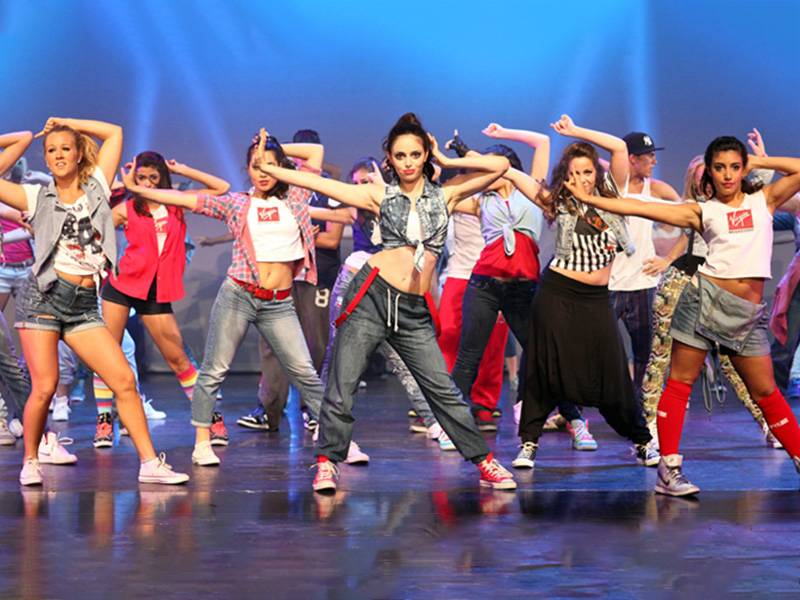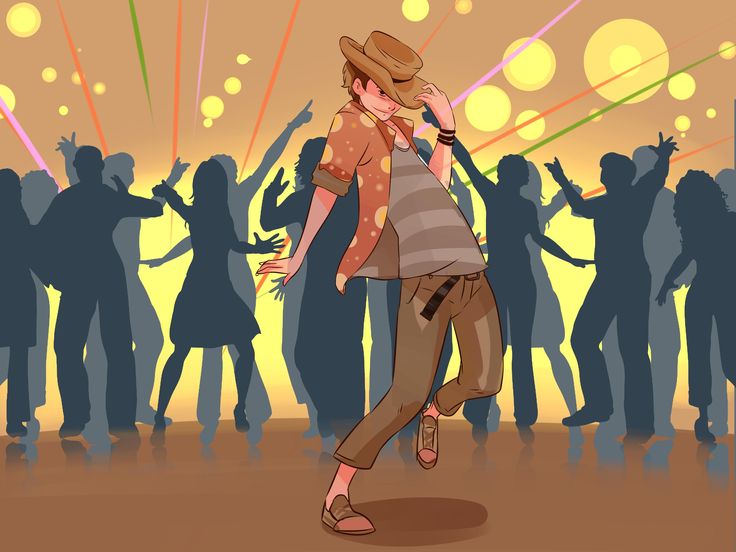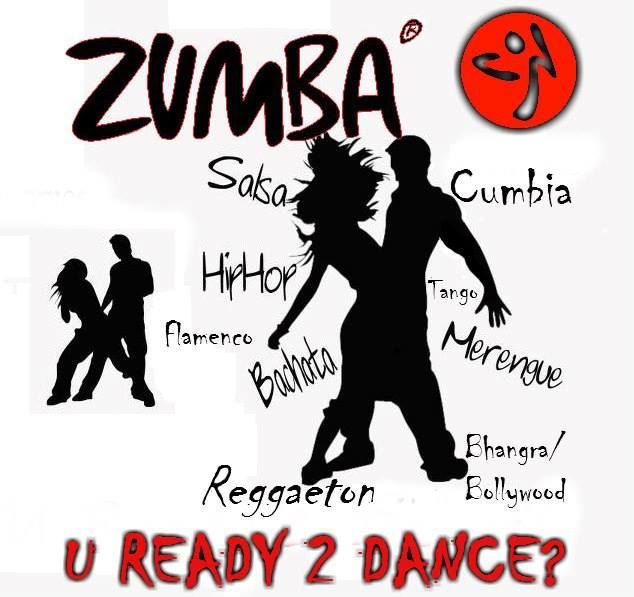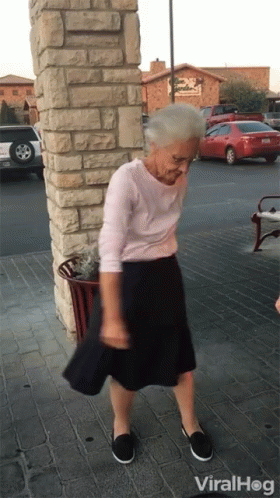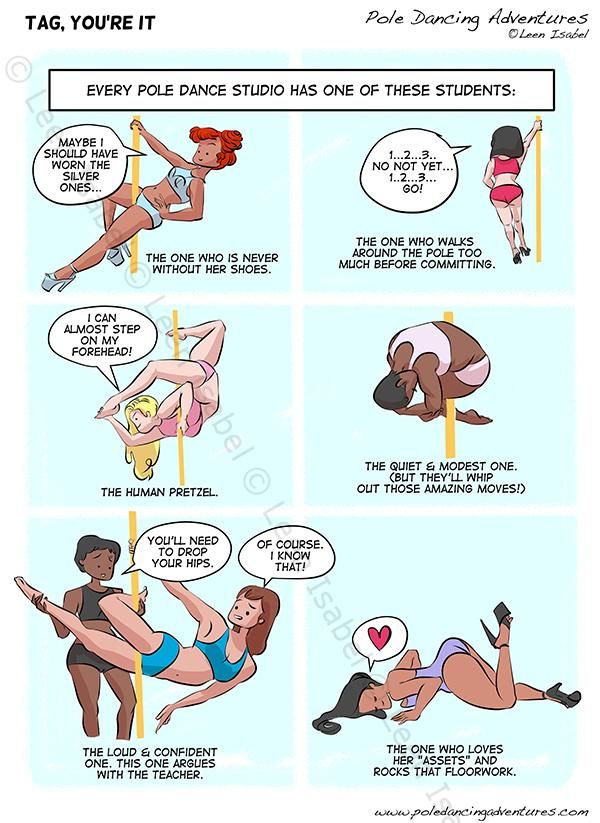How to become a dance therapist
Become a Dance Movement Therapist
Graduate Programs | Alternate Route Training | Undergraduate Preparation | Doctoral Programs | International Programs
What is dance/movement therapy?
The American Dance Therapy Association (ADTA) defines dance/movement therapy as the psychotherapeutic use of movement to promote emotional, social, cognitive and physical integration of the individual.
Dance/movement therapy is:
- Focused on movement behavior as it emerges in the therapeutic relationship. Expressive, communicative, and adaptive behaviors are all considered for group and individual treatment. Body movement, as the core component of dance, simultaneously provides the means of assessment and the mode of intervention for dance/movement therapy.
- Practiced in mental health, rehabilitation, medical, educational and forensic settings, and in nursing homes, day care centers, disease prevention, health promotion programs and in private practice.
- Effective for individuals with developmental, medical, social, physical and psychological impairments.
- Used with people of all ages, races and ethnic backgrounds in individual, couples, family and group therapy formats.
What do dance/movement therapists do?
Dance/movement therapists focus on helping their clients improve self-esteem and body image, develop effective communication skills and relationships, expand their movement vocabulary, gain insight into patterns of behavior, as well as create new options for coping with problems. Movement is the primary medium dance/movement therapists’ use for observation, assessment, research, therapeutic interaction and interventions. Dance/movement therapists help develop treatment plans and goals, document their work in clinical records and collaborate with professionals from other disciplines.
Where do dance/movement therapists work?
Dance/movement therapists work in a variety of settings including nursing homes, schools, psychiatric, rehabilitation and medical facilities, drug treatment centers, counseling and crisis centers, and wellness and alternative health care centers.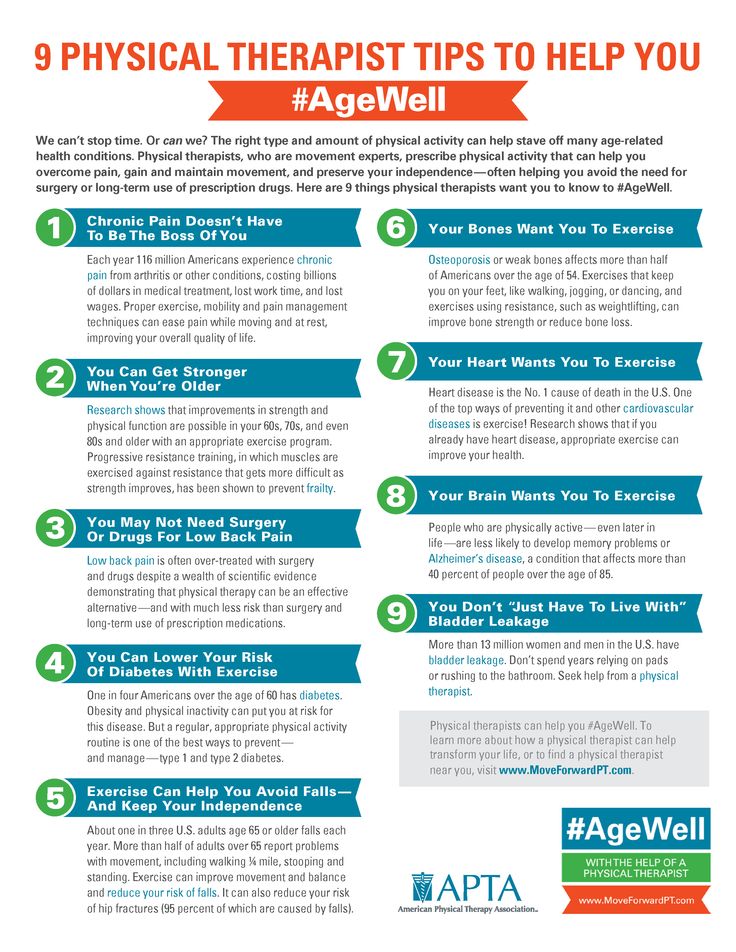
What does a dance/movement therapy session look like?
The extensive range of dance/movement therapy techniques and the needs and abilities of participants allow for a wide variety of movement activities in dance/movement therapy sessions. Dance/movement characteristics, from subtle and ordinary movement behaviors to expressive, improvisational dancing could occur.
To learn more about the ways in which dance/movement therapists work, go to the ADTA YouTube page and Profiles of DMTs.
How can I become a dance/movement therapist?
There are two routes one can pursue to become a dance/movement therapist. View the R-DMT Applicant Handbook for an in-depth guide of requirements.
#1: ADTA Approved Graduate Program
Graduates of approved programs meet all professional requirements for the Registered Dance/Movement Therapist (R-DMT) credential. Please contact the school directly for application process, requirements, etc.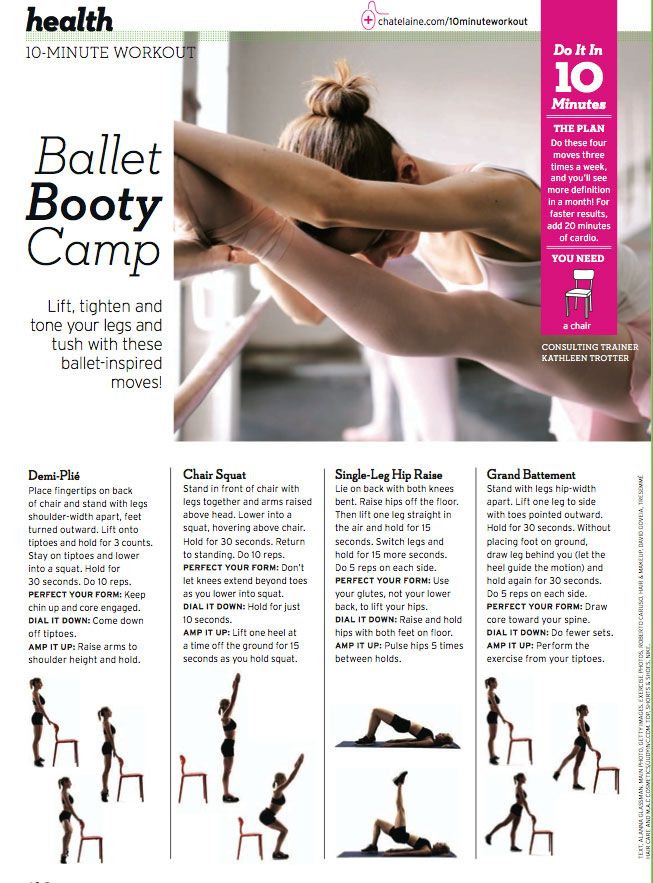
#2: Alternate Route
The Alternate Route is defined as a Master’s degree with dance/movement therapy training from qualified teachers. Other requirements include movement observation and assessment, psychology coursework, fieldwork, internship, and dance experience.
What degree/credential do dance/movement therapists receive?
The dance/movement therapy credential is awarded at the graduate level. Therefore, a Master’s degree is required. Upon completion of an ADTA Approved Graduate Program or the Alternate Route and acceptance by the Dance/Movement Therapy Certification Board, the Registered Dance/Movement Therapist (R-DMT) credential is awarded. R-DMT represents attainment of a basic level of competence, signifying both the first level of entry into the profession and the individual’s preparedness for employment as a dance/movement therapist within a clinical and/or educational setting. The Board Certified Dance/Movement Therapist (BC-DMT) credential can be obtained after the R-DMT is awarded, with additional requirements and experience.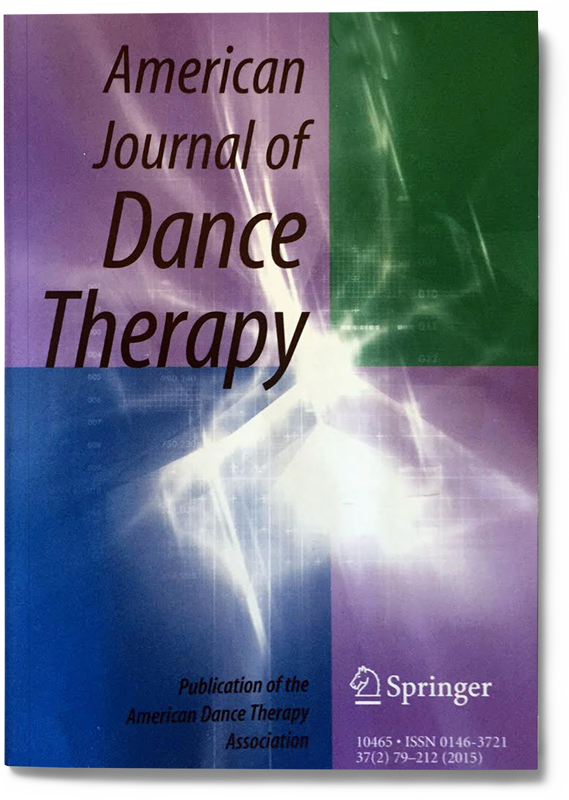 BC-DMT is the advanced level of dance/movement therapy practice, signifying both the second level of competence for the profession and the individual’s preparedness to provide training and supervision in dance/movement therapy, as well as engage in private practice.
BC-DMT is the advanced level of dance/movement therapy practice, signifying both the second level of competence for the profession and the individual’s preparedness to provide training and supervision in dance/movement therapy, as well as engage in private practice.
What undergraduate degree should I pursue?
At the undergraduate level, there is no specific degree required. However, it is a good idea to have substantial exposure to topics related to both dance and psychology. For specific prerequisites, contact each ADTA Approved Graduate Program.
Where can I find information on how to volunteer/shadow a dance/movement therapist?
Opportunities to volunteer/shadow a dance/movement therapist are limited due to the nature of the work and the need for confidentiality. If you are interested in volunteering/shadowing, contact your region’s Member-at-Large or a local chapter.
What kinds of experience would be helpful for a future dance/movement therapist?
It is strongly encouraged to pursue a broad practice in dance, including a variety of dance styles and techniques, choreography, performance, and teaching. For education, focus on psychology courses and a course in kinesiology and anatomy. Helpful experience would include working or volunteering with people in various human service settings (i.e. summer camps, schools, hospitals, nursing homes).
For education, focus on psychology courses and a course in kinesiology and anatomy. Helpful experience would include working or volunteering with people in various human service settings (i.e. summer camps, schools, hospitals, nursing homes).
How long does it take to become a dance/movement therapist?
If attending an ADTA Approved Graduate Program, expect to be in school for two to three years, full-time. For the Alternate Route, the length of time depends on many factors, such as committing full or part-time, location of courses (some travel may be required), when courses are offered, when the individual can attend, etc.
What school would you recommend?
Attending any of the ADTA Approved Graduate Programs provides in-depth knowledge and training from exceptional, experienced, board certified dance/movement therapists. The ADTA suggests contacting and/or visiting the school(s) to help decide if the institution is a good fit.
What does approval of graduate programs mean?
The ADTA approves programs that meet the requirements stated in the ADTA Standards of Education and Clinical Training. Graduates of approved programs meet all educational requirements for the Registered Dance/Movement Therapist (R-DMT) credential.
Where can I find a list of Alternate Route offerings in my area?
Ongoing Alternate Route course offerings can be found in the Alternate Route Course Calendar and in the Alternate Route Graduate Coursework documents contained on the Alternate Route page. Also, check the Announcements section under the Forum, ADTA on Facebook, and ADTA LinkedIn.
Information on Approval for Graduate Programs
Everything You Need to Know About Becoming A Dance Therapist
You don’t need to be a performer to make a positive impact through dance. Dance/movement therapists use movement to approach a patient’s health holistically, working with populations as diverse as teenagers dealing with anxiety, veterans suffering from trauma and elderly patients with dementia or Alzheimer’s. What makes for a good dance therapist? “They’ve seen the power of movement in their own life. And they have empathy for other people and for what’s going on in the world,” says Nancy Beardall, dance/movement therapy coordinator at Lesley University.
What makes for a good dance therapist? “They’ve seen the power of movement in their own life. And they have empathy for other people and for what’s going on in the world,” says Nancy Beardall, dance/movement therapy coordinator at Lesley University.
What is Dance Therapy?
The American Dance Therapy Association defines dance/movement therapy as “the psychotherapeutic use of movement to promote emotional, social, cognitive, and physical integration of the individual.” Practically, what this means depends on what kind of setting the therapist is working in, says Beardall. Dance therapists can work in private practice, nursing homes, schools, hospitals, rehabilitation centers and other environments, where they combine the work of a traditional therapist with a deep knowledge of the body and how movement is connected to our overall health.
How Do You Become a Dance Therapist?
Antioch students and faculty. Photo by Melinda Garland, courtesy Antioch There are two ways to get accredited in the U. S.
S.
1. Earn a master’s degree from one of the seven ADTA-approved programs lasting two to three years:
• Antioch University
• Columbia College Chicago
• Drexel University
• Lesley University
• Naropa University
• Pratt Institute
• Sarah Lawrence College
Programs are about 60 credits and include two internships, plus lots of experiential learning.
2. Students with a master’s degree in a related subject can participate in Alternate Route, a self-guided program that allows students to combine coursework, fieldwork and an internship to earn accreditation.
What About Undergrads?
These schools offer preparatory dance/movement therapy programs and courses for undergraduates:
• Columbia College Chicago
• Drexel University
• Endicott College
• Goucher College
• Lesley University
• Manhattanville College
• Nazareth College
• Queens College
• Seton Hill University
Studying dance therapy in undergrad is by no means a requirement for pursuing it in in graduate school; Beardall says the majority of her students majored in dance and minored in psychology, or vice versa. (Some psychology prerequisites are required for ADTA master’s programs.)
(Some psychology prerequisites are required for ADTA master’s programs.)
What Should You Know Before Becoming a DMT?
Erica Hornthal works with a variety of patients at her DMT practice. Photo courtesy HornthalTomoyo Kawano, director of Antioch University’s dance/movement therapy and counseling program, emphasizes that DMTs may find themselves having to advocate for movement as a viable psychotherapeutic treatment. “They need to have that conviction,” she says. “It’s important to explore if that’s something they want to pursue for the rest of their lives.”
How can students be sure that dance/movement therapy is right for them? Erica Hornthal, founder of Chicago Dance Therapy, suggests undergraduates talk to a DMT or try to shadow one. Students can also attend ADTA conferences, and watch the organization’s video series at adta.org/adta-talks.
How Much Dancing Is Involved?
The amount of actual dancing depends on the setting and the patient. Sometimes patients dance to “have someone witness what they want to express,” says Hornthal; other times sessions are sedentary, with the DMT trying to connect a patient’s experience to their breath or their posture. For Beardall, it’s less about dancing and more about patients being expressive, and their feelings, patterns and preferences coming out through movement.
Sometimes patients dance to “have someone witness what they want to express,” says Hornthal; other times sessions are sedentary, with the DMT trying to connect a patient’s experience to their breath or their posture. For Beardall, it’s less about dancing and more about patients being expressive, and their feelings, patterns and preferences coming out through movement.
Dance therapist - what can he do and who needs him? //Psychological newspaper
The program of additional professional education "Dance Movement Therapy: Theory and Practice" has been held at the Institute of Practical Psychology "Imaton" for 5 years. In October 2015, the graduation projects of the next group of graduates were defended.
The head of the program, candidate of psychological sciences Natalia Yuryevna Oganesyan shared her thoughts on the training of specialists and outlined the range of the most relevant topics covered in the diploma projects of graduates:
“We invite you to get acquainted with graduation projects, which, in our opinion, touch upon the most pressing issues of theory and practical application of this method in the rehabilitation of various nosological groups.
This program aims to train psychologists - dance therapists in clinical practice, although our graduates successfully develop training dance therapy programs.
Unfortunately, at present, not only the psychological community, but already professional dance therapists are faced with the dominance of non-professional services in the field of psychology, psychotherapy and dance therapy. The author of these lines, driving along Maly Prospekt of the Petrograd side of St. Petersburg, saw an advertisement written on the asphalt: “Dance therapy as a way of your liberation” and a telephone number. I would like to ask: “Why are they going to be released?” and “Who is going to do this?”. Another example of advertising on the Internet: “Psychiatrist, psychoanalyst, dance-movement therapist conducts trainings on the development of Femininity. Trainings are held in the fitness center…” I think comments are unnecessary here. nine0003
By publishing some of our diploma research, we want to draw attention to professionalism, a serious clinical approach and a psychological view of our profession, which is still in its infancy.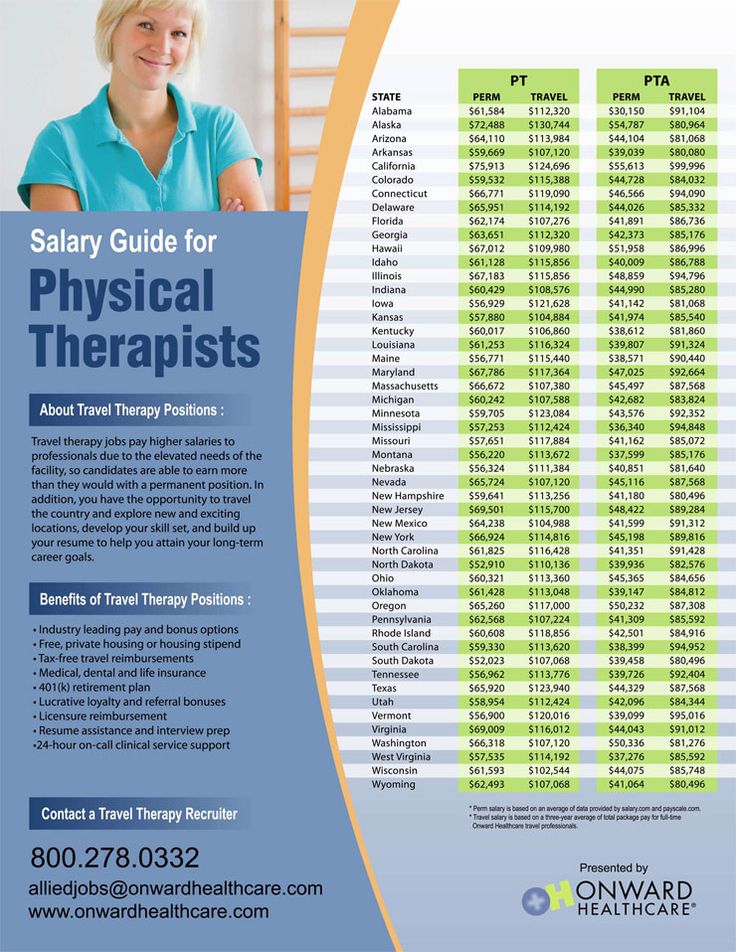 If one of the specialists (psychologists, psychotherapists, social workers, etc.) positions themselves as a dance movement therapist, then at least 50% of the time of the dance therapy session should be occupied with dance therapy work techniques, and the rest 50% are used for reflection. If a dance therapist conducting a session or training, or giving a lecture, does not demonstrate how he works with various problems of patients or clients, then this indicates that he is not professional. Dance therapy differs from verbal psychotherapy in that it fully involves dance and work with the body. That is what we teach in this program. nine0003
If one of the specialists (psychologists, psychotherapists, social workers, etc.) positions themselves as a dance movement therapist, then at least 50% of the time of the dance therapy session should be occupied with dance therapy work techniques, and the rest 50% are used for reflection. If a dance therapist conducting a session or training, or giving a lecture, does not demonstrate how he works with various problems of patients or clients, then this indicates that he is not professional. Dance therapy differs from verbal psychotherapy in that it fully involves dance and work with the body. That is what we teach in this program. nine0003
Graduates of the program carry out diploma projects under the guidance of teachers with extensive experience in practical dance and therapy work.
Diploma project "Modern dance as a fundamental technique of dance-movement therapy".
Performed by A. V. Shabrova (Samara), supervisor - N. Yu. Oganesyan, candidate of psychological sciences, psychologist, dance therapist City Psychiatric Hospital No.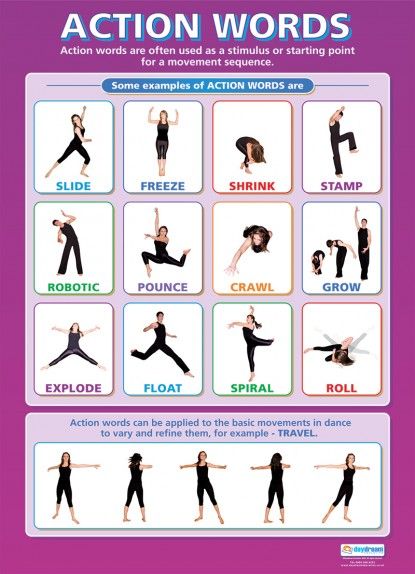 I.P. Pavlova. nine0003
I.P. Pavlova. nine0003
The diploma considers modern dance as the basis of dance therapy. Only students who are sufficiently proficient in any direction of dance are accepted for training in the dance therapy program. But these directions have many professional limitations (clichés) of a certain type of dance, which can be a kind of transfer of the dance therapist's movements to the client. In this respect, modern dance influences the therapist's movements to a lesser extent. Although in the learning process we devote enough practical time to freeing ourselves from previously learned movements. But if a student does not dance at all, then his motor language of movements has not been formed, and then he is directed precisely to teaching modern dance as the basic one in dance therapy. nine0023 Get to know the work in more detail.
Diploma project "The influence of dance and movement therapy on the motor and mental state of children with disabilities."
Completed by O.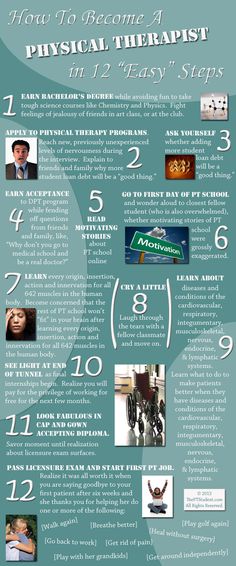 A. Orekhova (Ussuriysk), supervisor - N.Yu. Oganesyan, candidate of psychological sciences, psychologist, dance therapist City Psychiatric Hospital No. I.P. Pavlova.
A. Orekhova (Ussuriysk), supervisor - N.Yu. Oganesyan, candidate of psychological sciences, psychologist, dance therapist City Psychiatric Hospital No. I.P. Pavlova.
We have studied a lot the features of the influence of dance therapy on children with disabilities. This diploma is distinguished by the thoroughness and professional approach of Orekhova O.A. to the assessment of the state of children with severe health disorders during dance therapy sessions. Since the use of many psychological research methods was impossible due to the severity of the disease, in this case it is an in-depth qualitative analysis that makes it possible to trace the features of the functioning of children in the process of dance therapy sessions. Before uniting such children in a group, it is necessary to carry out quite a long individual work. nine0023 Read more.
Diploma project "The influence of group dance and movement therapy on the harmonization of parent-child relationships in families raising children with developmental disabilities.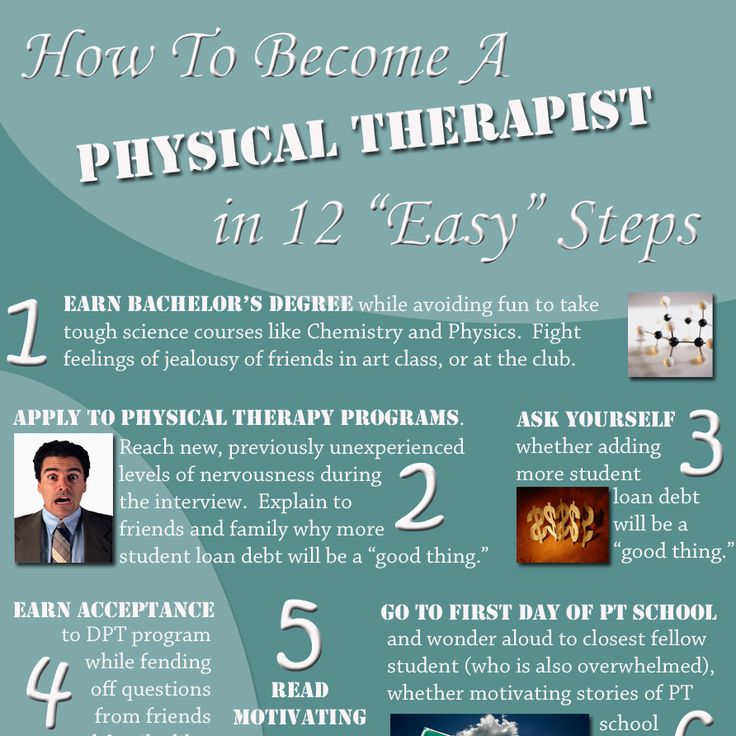 "
"
Completed by Yu.V. Nefedova (Yaroslavl), supervisor - D.Yu. Borisova, psychologist, dance therapist of the City Psychiatric Hospital No. P.P. Kashchenko.
For the first time, our research touched on a rather complex and popular topic - family dance therapy for children with developmental disabilities. With similar variants of the frustration load, the reactive abilities and adaptive capabilities of different parents manifest themselves differently. And the methods of psychological rehabilitation of such families can be selected individually for each family. This work also examines with a high degree of psychological analysis the dynamics of working with parents and children separately and with each of the seven families. The results are detailed for all psychological research methods. nine0023 More about the project.
Diploma project "Research of the influence of dance and movement therapy on the psychomotor sphere of the elderly at the rehabilitation department at the State Center for Social Services to the Population.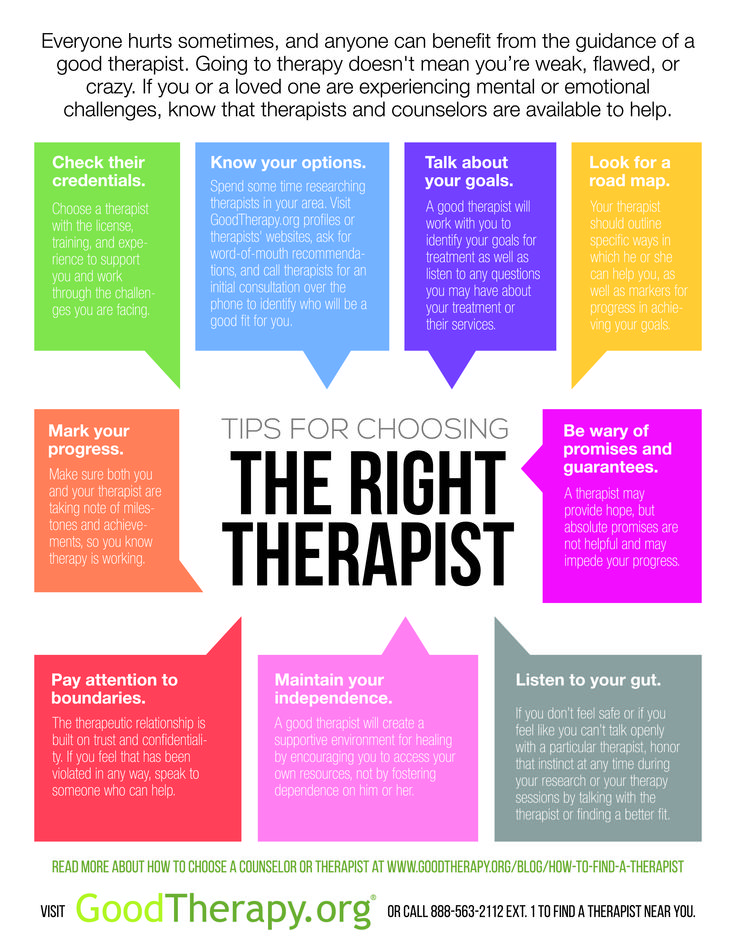 "
"
Executed by N.Yu. Vakhina (Nizhny Novgorod), supervisor – D.Yu. Borisova, psychologist, dance therapist of the City Psychiatric Hospital No. P.P. Kashchenko.
This study was also carried out by us for the first time. Older people often experience maladjustment reactions, which are expressed in the form of neurotic, depressive and psychopathic states. In our opinion, dance therapy is exactly the method that allows older people to process these states in the most gentle way, while also receiving emotional support in the form of dance and music, to which they are accustomed. In this study, the structure of dance therapy sessions for a specific age has been developed. The psychoemotional and psychomotor state of the group members was assessed. The stages of work are highlighted. nine0023 Read more about the project.
Diploma project "Application of the method of dance-movement therapy in the rehabilitation of women after mastectomy."
Completed by E. N. Lukina (St. Petersburg), leader - V.B. Rikovskaya, medical psychologist, dance therapist of the City Psychiatric Hospital. Skvortsova-Stepanova.
N. Lukina (St. Petersburg), leader - V.B. Rikovskaya, medical psychologist, dance therapist of the City Psychiatric Hospital. Skvortsova-Stepanova.
This study was the first for us, since dance therapy was not used in the rehabilitation of women after mastectomy in our country, although similar studies were successfully carried out abroad. The main difficulties of this study were that women were discharged from the hospital rather quickly and even a dance therapy course consisting of 10 sessions was impossible to conduct. Unfortunately, there are no rehabilitation centers in the city yet, where women who have undergone such an operation could apply. The advantage of this work is the development of the structure of dance therapy sessions, in relation to this nosological group. This first experience gives us enough information to continue research in this area. nine0023 Read more.
A common feature in the presented studies is a relatively small number of subjects, which is explained both by the complexity of nosologies and the peculiarities of dance therapy.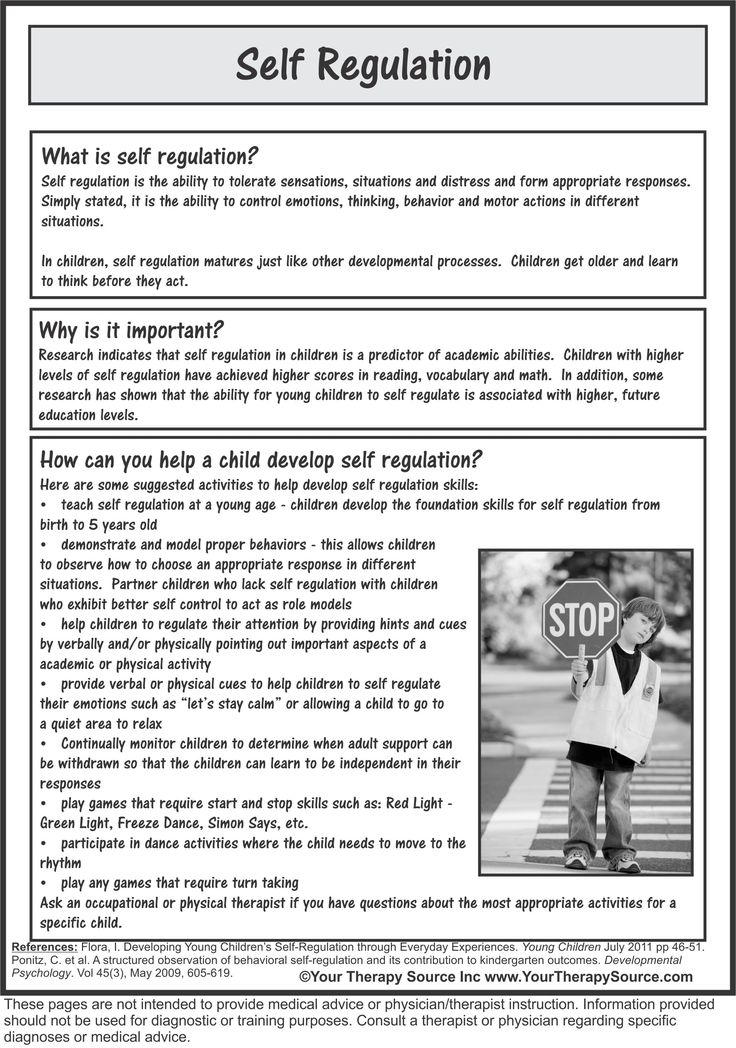 This therapeutic method involves deep individual work on the bodily level with each member of the dance therapy group, which cannot be more than 10-12 people. And at the initial stage of becoming a dance therapist, this group can be two times smaller. As you can see, all diplomas have a similar structure of sessions and even some of the methods are the same. But this is the professionalism of certified dance therapists - to find the right psychotherapeutic accents in dance-therapeutic work with different nosologies. nine0003
This therapeutic method involves deep individual work on the bodily level with each member of the dance therapy group, which cannot be more than 10-12 people. And at the initial stage of becoming a dance therapist, this group can be two times smaller. As you can see, all diplomas have a similar structure of sessions and even some of the methods are the same. But this is the professionalism of certified dance therapists - to find the right psychotherapeutic accents in dance-therapeutic work with different nosologies. nine0003
Read an interview with N.Yu. Hovhannisyan
November 11, 2015, 18:30 - 20:00
online broadcast of the meeting with N.Yu. Hovhannisyan
Dance Movement Therapy (TDT), as a way to happiness. The body never lies!
PSYCHOLOGY / February 18
A talk about the method, difficulties and possibilities of TDT, as well as the simple happiness of living life with a teacher-choreographer, dance movement therapist Elizaveta Druzhinina. nine0003
nine0003
Elizaveta Druzhinina
Teacher-choreographer, dance and movement therapist,
head of the dance school Free Plasticity
— Elizaveta, tell us how did your relationship with dance and movement therapy (trap) begin and develop?
— Many years ago, I realized that dance should not limit a person, but on the contrary, it can heal and liberate. Initially, my relationship developed with stage and sports dance. For seventeen years I was professionally engaged in sports ballroom dancing, received the category of "candidate for master of sports", graduated from the choreographic department of Moscow State University of Cinematography, and later took part in the "Dancing on TNT" project. nine0086 At some point, I began to be more concerned with myself, self-development and movement research. She began to study anatomy, entered a psychologist, began to practice yoga, took her first training course on "telesque" and got into dance and movement training with Alexander Girshon, later she took an introductory course of the Moscow Association of Dance and Movement Therapists.
After the project "Dancing on TNT", I opened the dance school "Free Plastic" and created the direction of the same name, in which I combined the methods of dance-movement therapy and modern dance techniques. Six months ago, I completed a dance-movement therapy course with Tatyana Yuryevna Oganesyan in St. Petersburg, she is the only specialist in Russia who practices TDT methods in the clinical field and is a professional ballet dancer in the past. nine0003
— Tell me, what features characterize the TDT method, how does it differ from dance and how is it related to therapy?
“Dance movement therapy helps a person to integrate emotional and physical experience. This method allows you to learn to understand your emotions, to understand how they manifest bodily.
connect with the body, acquire more subtle bodily sensitivity and develop emotional intelligence. nine0023
Dance appears here not as a stage art, but as an instrument with the help of which any movement is manifested. Therefore, it is important for a dance-movement therapist to have rich motor experience, to be familiar with various dance styles (it is important not so much to know them perfectly, but to understand, such emotions can be conveyed by the dance style and which muscle groups are involved in a particular movement). A dance-movement therapist must have a rich media library, props, stationery and, of course, a desire to dance and perceive life through the structure of movements! nine0003
Therefore, it is important for a dance-movement therapist to have rich motor experience, to be familiar with various dance styles (it is important not so much to know them perfectly, but to understand, such emotions can be conveyed by the dance style and which muscle groups are involved in a particular movement). A dance-movement therapist must have a rich media library, props, stationery and, of course, a desire to dance and perceive life through the structure of movements! nine0003
Dance-movement therapy also takes some rituality from dance, something that cannot be physically felt, because dance, or rather movement, for many is associated with prayer (for example, Sufi whirling). Also, therapy becomes dance therapy when we choose any direction in dance and teach the client a new motor experience, which in the future must necessarily contribute to his bodily liberation. Whether we are working with psychosomatic symptoms, with trauma, or teaching a person to dance, a dance-movement therapist is interested, first of all, in the quality of the client’s movement and his sense of self. nine0023
nine0023
The Moscow school of TDT says that a dance-movement therapist is primarily a psychologist, while the St. Petersburg school says that it is more important to have initial experience in dance. I believe that a dance-movement therapist is a person who owns his body and can give the client a set of movements that will enrich the client's bodily experience. In this sense, it is more realistic for a dancer to receive additional professional education in psychology, such as, for example, programs DPO of the Faculty of Psychology of the Higher School "Learning Environment", than a psychologist to gain dancing experience in 2 years.
- Can a dance movement therapist work individually or is it exclusively a group method?
The dance movement therapist can work with a group or individually. I like working with a group more, because in the group process you can get more multifaceted experience. In a group, you can not only “show yourself”, but also “look at others”.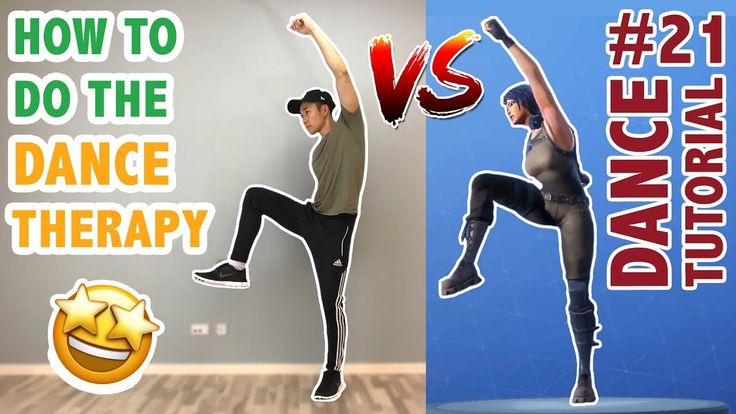 nine0023
nine0023
“Dance itself is therapeutic, during movement a person turns on many physical, emotional and mental processes”
As one of my teachers, A. Girshon, says, movement, thinking and breathing are a single process . And the group process provides more opportunities to learn from each other.
— Why does a dance movement therapist need a degree in psychology?
Psychological education is necessary in order to be able to analyze movements and give competent feedback to the client. nine0003
“In addition to psychology, a dance movement therapist needs to understand functional anatomy, physiology, biomechanics, be able to hear and listen to his body and the body of the client, the body of the group”
body to understand and reproduce the states, feelings and motor qualities of the client), work can lead to rapid professional burnout.
Therefore, professional skills in the psychological field, such as the ability to separate one's own and client's experience, adherence to ethics and psychological hygiene, are necessary for a dance-movement therapist and help to strengthen his personality.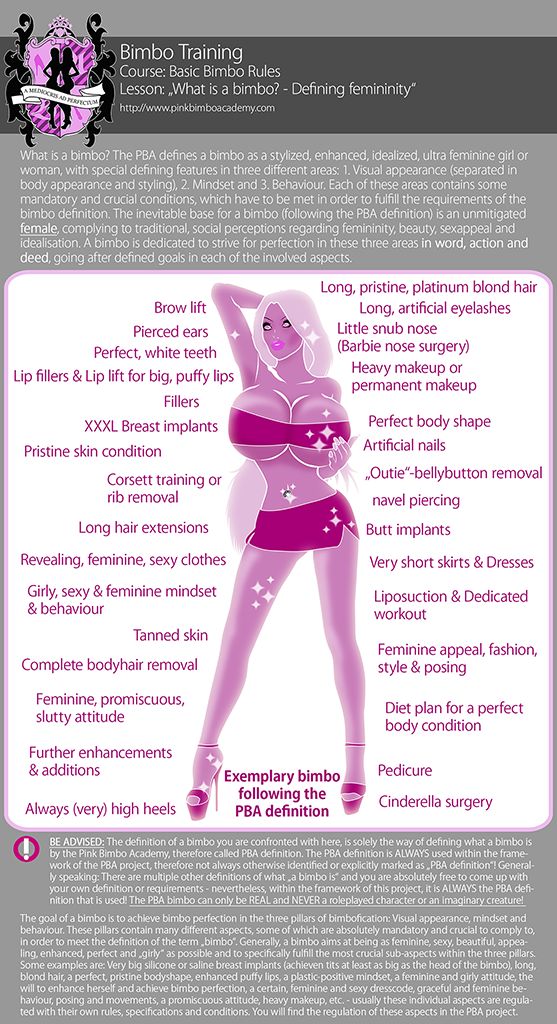
— What inspires you to work as a dance movement therapist?
First, the opportunity to combine the pleasant with the useful. Two of my favorite areas are very harmoniously combined in TDT: dance and psychology; secondly, the constant acquisition of new bodily and motor experience through work practice, communication with different people, the opportunity to build deep and close relationships with oneself and the world, which is difficult in our technocratic era. nine0003
“Communicating with our body, observing the body of another, his movements, eyes, we touch the present moment. The body never lies. For me, this is like a path to happiness, freedom, harmonious relationships with myself and the world, allowing myself to live life to the fullest”
— Elizabeth, what can you wish our students and those who are just starting their psychological practice?
- It seems to me important not to forget to work with the body, to use it in some way, regardless of your approach. nine0003
nine0003
Do not be afraid to go into practice and make mistakes! My experience shows that no matter what your practical base is (rich or not), a client will come to you to whom you will be useful.
Learn and grow. In this case, dance movement therapy is good because dance is movement, and movement is life! And indeed, one can understand life through dance, gaining experience here and now, and develop in the present moment. The past cannot be returned, and the future is born from the present every second, that's why life is so similar to a dance! The body lives here and now, unfortunately, it is not eternal and, it seems to me, we need to use this resource. It is only thanks to our body that we can feel life, and this is more precious than many blessings. nine0003
Pay more attention to the inside and less attention to the outside!
Interviewed by Tatyana Zvyagintseva
DID YOU LIKE THIS ARTICLE?
Live-courses
from 1 month
Online courses in the most relevant areas of psychology from leading practicing psychologists.


